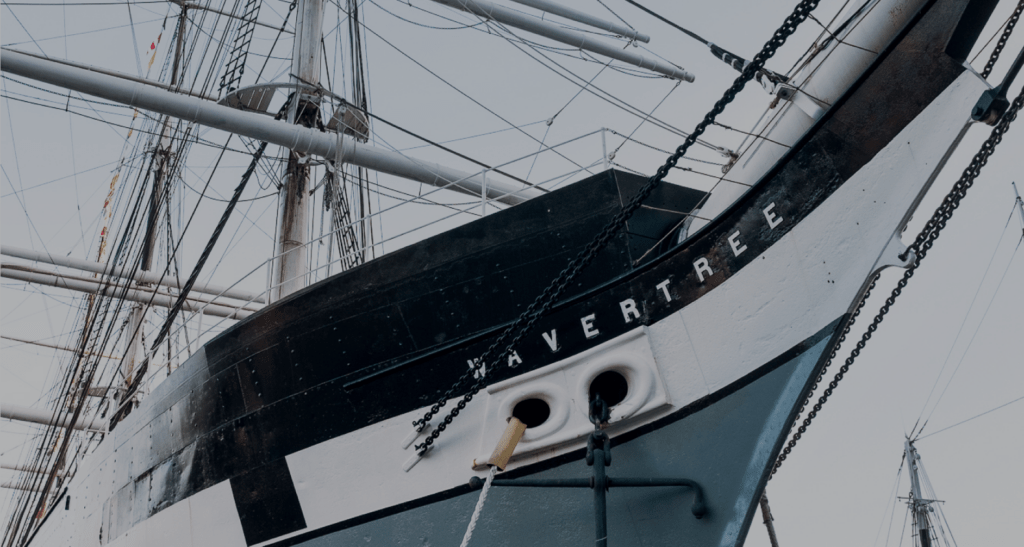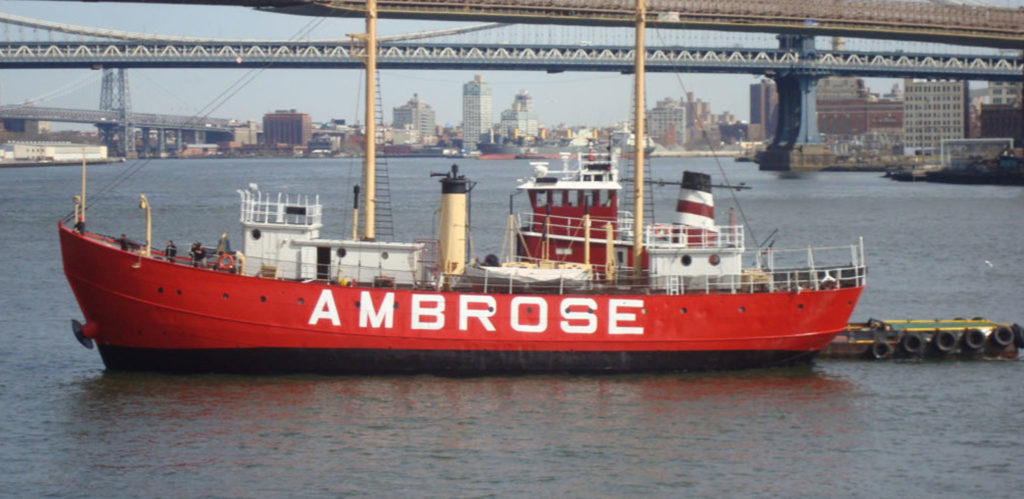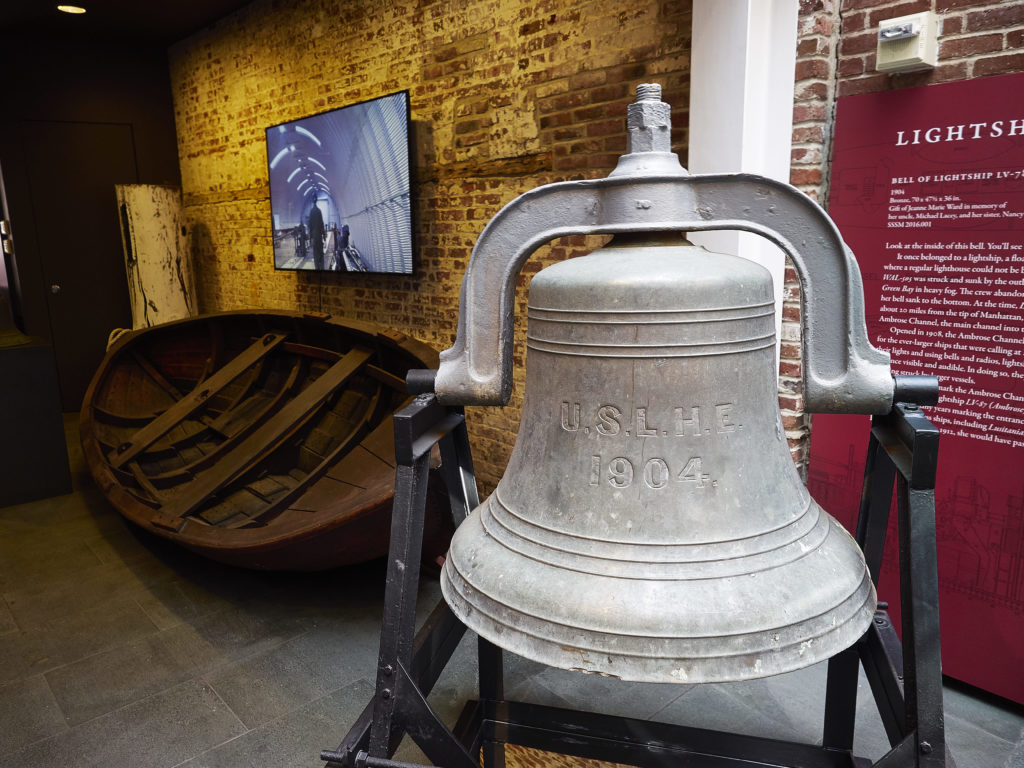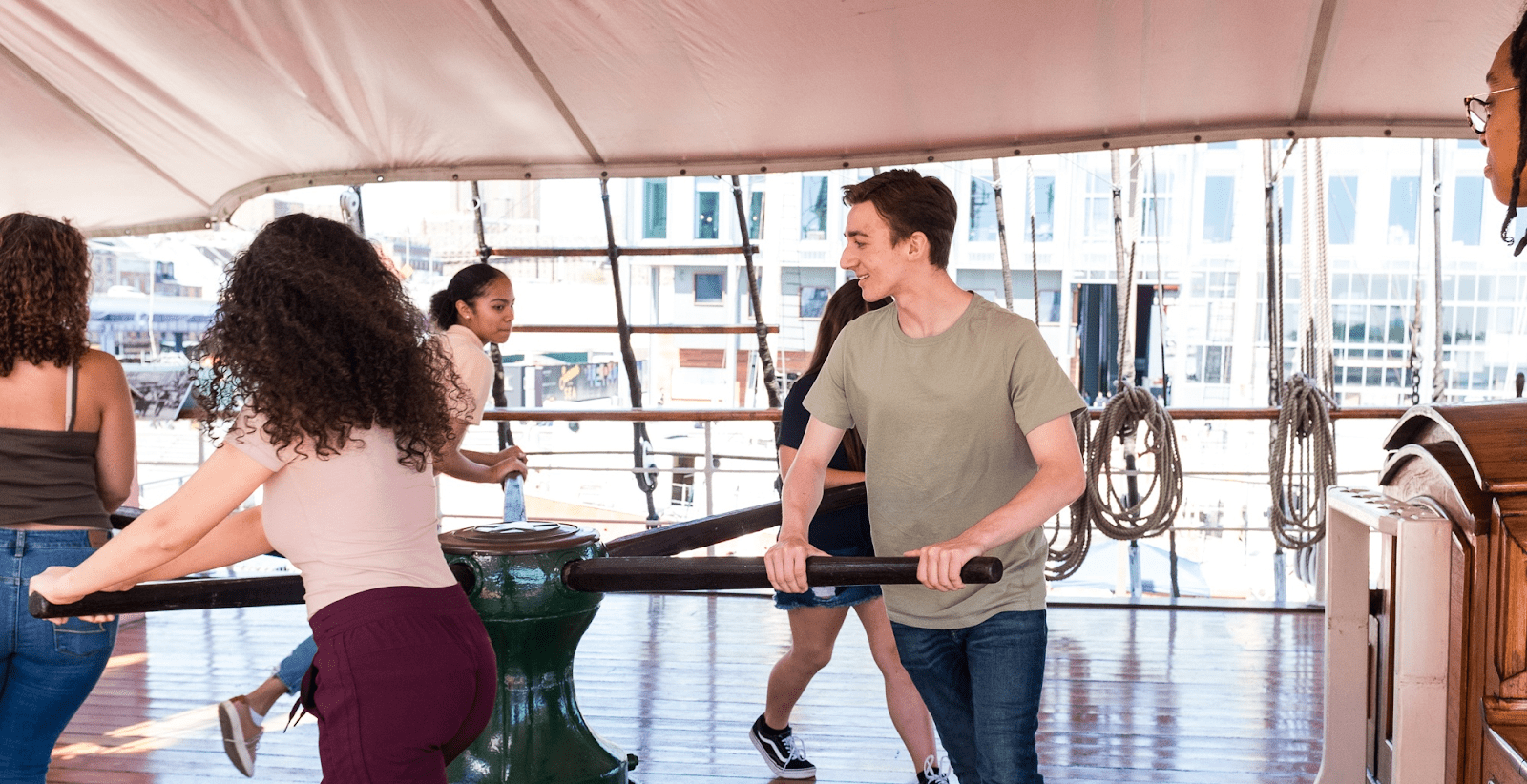Visit Our Historic Vessels and Pier 16
The South Street Seaport Museum tells the story of how New York’s great natural harbor gave rise to the metropolis we know today: the story of the ships, the people who sailed them, the cargoes they carried, and the businesses that served them. Dockside programs combine indoor and outdoor hands-on activities to show how the stories and science of the harbor affect how we live. Students experience all this and more, without ever leaving the dock.
NEW: Changing Climate, Changing City – Available Now!
90 minutes | Grades 3–6
Human behavior has changed the climate we live in––from the air, to the oceans, to the very ground we stand on in New York City. Explore how and why our climate has changed, how those changes affect our lives, and what we can do to address climate change for the future.
- Learn about the past, present, and future of the climate in New York City and beyond.
- Discover the ways that climate change has impacted the Seaport area and Lower Manhattan, and the adaptations made to address future problems.
- Get hands on with activities to explore sea level rise, coastal resilience, and other changes to our world.
Bridges and Ferries – Available Now!
90 minutes | Grades 1–6
Five boroughs, three islands! Explore Pier 16 and the Seaport neighborhood to discover how people have connected across the water through the years.
- Observe and analyze bridge and ferry traffic.
- Use historic images to learn how the Brooklyn Bridge changed New York City.
- Experiment with bridge construction principles of physics and engineering.
Haul Away: Simple Machines – Available Now!
90 minutes | Grades 3–12
What makes a ship sail? Wind, muscle, and the mechanical advantage sailors get when they use pulleys, levers, and other simple machines.
- Climb aboard Wavertree and learn the physics and math behind a sailor’s tools.
- Experiment with different pulley rigs to discover mechanical advantage.
- Find out how the rudder, the ship’s wheel, and the capstan all use math and physics to help sailors do big jobs.
- Working together with your classmates, use these simple machines to raise sails and try a capstan tug-o’-war.
Sailors’ Pi – Returning 2024
90 minutes | Grades 5–12
Board the tall ship Wavertree and learn how circles are central to the work of a sailor.
- Learn how a circle’s geometry creates strength in marine architecture.
- Use pi to calculate the efficiency of a ship’s capstan.
- Use compasses and charts to navigate and calculate error.
- Working together with your classmates, use these simple machines to raise sails and try a capstan tug-o’-war.
Dockside Ecology – Returning 2024
90 minutes | Grades 1–8
New York Harbor is a place for ships, but also a place for fish. Explore the ecology of the harbor from Pier 16. What lives here? And how? And how do people make a difference?
- Explore the geography of the Seaport. Why does marine life live here in New York City?
- Examine shells of local marine life to learn how they live and how biologists classify them.
- Sample for small marine life and view it with microscopes. How do the organisms all fit together in the ecosystem?
- Sample harbor water and measure water quality. Is it really polluted?
Float Your Boat – Returning 2024
90 minutes | Grades K–5
So many different kinds of boats can be viewed from Pier 16. How do they float? How do they work? Discover some of the physics of the ships in the harbor.
- Survey the vessels in the harbor and their hull shapes.
- Experiment with buoyancy – make something float by changing its shape.
- Discover the secrets of ballast – how do you load a vessel so it doesn’t capsize?
Fishy Fun – Returning 2024
90 minutes | Grades 3–5
Our harbor is full of life! Join us on Pier 16 to discover some of the animals who call New York Harbor home.
- Have a close encounter with some of the amazing creatures that can be found right here in the New York estuary.
- Learn about the adaptations animals have for living underwater.
- Create a fishy craft to take home.
About our Dockside Vessels

Tall Ship Wavertree
Wavertree, built in 1885 was operated for many years as a cargo ship sailing around the world.

Lightship Ambrose
The lightship Ambrose was built in 1907 and served as a floating lighthouse in lower New York Bay.
All programs are designed for groups of up to 34 students (40 people maximum including chaperones). We do not recommend combining small classes into a large group.
All programs are aligned with New York City and State Social Studies and Science Learning Standards. Programs can be customized to meet your curricular goals and the needs of your students.

Contact Us to Learn More
Reservations and payment required in advance. To book a program or for more information on details, pricing, and reservation process, please contact us below or call us at (212) 748-8568.

